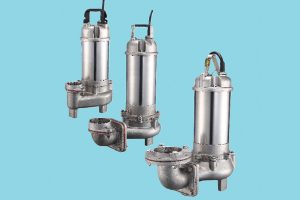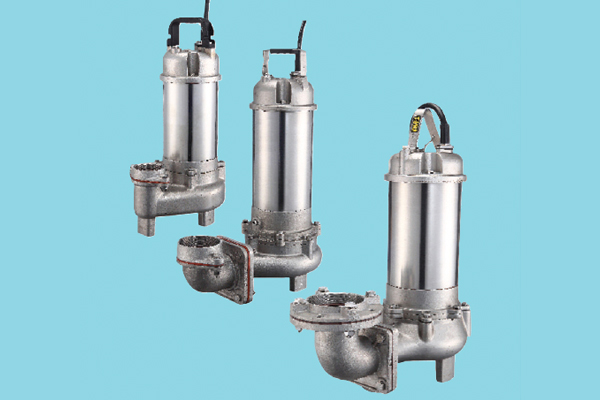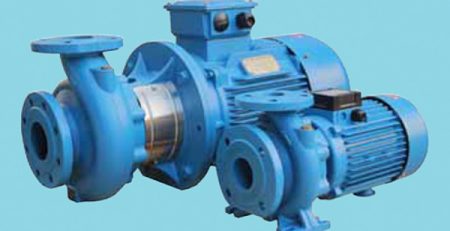Submersible Pumps
Submersible Pumps

Submersible pump is the name given to one of the types of pumps working in the liquid or medium to be processed. The motor is mounted adjacent to the pump body. Since the submersible pump is in direct contact with the liquid, the motor is equipped according to some technical features. One of these technical features is its waterproof housing. It’s also filled with oil to prevent any liquids from getting in that could cause a short circuit and protect it from damage.
Thanks to the submersible pump oil, leakage of liquid is prevented and possible dangers are largely avoided. Connection points are designed to be air and water tight. With the isolation work done, it has gained the sealing feature.
One of the features that make submersible pumps so useful and advantageous is that they are designed to operate without being exposed to external factors. We can list the submersible pump usage areas as follows;
- Areas that need to be supplied with water
- Irrigation and sprinkler systems (sprinkler systems)
- Groundwater level control and detection studies
- Pressurizing clean or slightly polluted water in heat pump applications
- Ornamental pools and fountains
- Small diameter caisson or deep wells
- Tunnels
Submersible Pump Internal Structure
Let’s take a look at the working principle of the submersible pump to answer the question of how the submersible pump works. If you are using a well for drinking or irrigation, you will probably already be using a submersible pump. One of the features of the submersible pump is that it is designed to operate completely submerged. That’s where the name “diver” comes from. It’s a kind of centrifugal pump. In addition, it is possible to name the lower pump, the electric submersible pump.
It is a very important equipment when available resources are insufficient or when groundwater needs to be extracted. In addition to its trouble-free operation, especially in the supply of drinking and utility water, it is economical. It has a solid and long-lasting structure.
It has an important share in irrigation of garden and agricultural areas. The pumps, which are generally suitable for use in deep wells and tunnels, are also used for irrigation and water supply operations.
After the submersible pump is started, water can be drawn in deep wells. For this, there is no need to go down to the bottom of the well. It can be mounted at a height of 2 meters from the bottom. If it is required to be used for fluids with a temperature of up to about 30 degrees, the submersible pump should be selected accordingly.
For example, it may be necessary to have a cooling jacket for submersible pumps that will be used in pools or water tanks. The manometer is an important detail so that the submersible pump operation can be monitored. Some devices are also needed to monitor currents and voltages.
For example, voltmeter or ammeter devices. The sealed motor in submersible pumps rotates the impeller in the pump body. As the impeller rotates, the impeller accelerates the fluid and forces it into the discharge line. Submersible pumps do not operate in air because they were not designed that way. It is designed to operate completely underwater.
Submersible Pump Types
Submersible pump types generally have a feature that facilitates the withdrawal of water and small solid objects. Basically, when it comes to submersible pumps, what comes to mind is the pumps used for drawing water. The cylindrical pumps are designed to be easily lowered even into not very wide water wells.
Submersible pumps used for drawing clean water are of two types as deep well and shallow well pumps. Dewatering pumps, which are used to purify stable water from small objects in the mining and construction industry, perform an important task.
Pumps designed to remove water containing muddy, sandy and similar substances from deep have a very demanding function. Solid material pumps, which have the ability to attract not only completely liquid materials, but also wood pieces, mud, and solids in sewage, are among the heavy pump types. There are blades at the bottom of these pumps and they break up the solids so that they do not clog the pump.











Leave a Reply